How to choose a kid's life jacket
You shouldn’t take any compromises when it comes to keeping your child safe, which is why we only sell the best kids life jackets from the most trusted brands. That said, choosing a life jacket for kids can still be a tricky decision, which is why we want to make sure you have the best possible information available.
This guide includes:
Head over to our main life jacket page to shop all adult and child life jackets.
Difference between a life jacket, buoyancy aid and impact vest
Firstly, make sure you know the difference between the flotation devices we have available.
- A life jacket is strongly recommended for children, toddlers and babies, as it will support the head and keep the wearer facing upwards in the water, should they be unable to do this themselves.
- A buoyancy aid, as the name suggests, will aid the buoyancy of the wearer, keeping them floating. It will not, however, support the neck and head, or roll the wearer over if they’re face down in the water. Anyone wearing a buoyancy aid should still be a confident swimmer.
- An impact vest is used for sports like wakeboarding, where the chances of hitting the water with impact are high. Though it does provide some flotation, its primary purpose is to protect the torso and vital organs from being injured from impact with the water.
What to look for in a child's life jacket
- CE approved: All European life jackets must carry the CE mark, which all of the life jackets on Wetsuit Outlet do.
- Foam: Foam life jackets are the only options available to buy for children up until the age of seven, although many would keep kids in foam life jackets until they’re eight or nine.
- Foam collar/neck support: an essential feature of a life jacket (if it doesn’t have this, it’s not a life jacket!)
- 100N of buoyancy: Buoyancy is measured in Newtons (N), and 100N is the standard for those who will be in sheltered calm water. Read more on buoyancy requirements below.
- Sizing: Tempting as it is to buy a life jacket your child will grow into, the guidelines set out by the RNLI say to get one which fits them right now. If a life jacket is too big, it can slip above the child’s head and be unable to offer proper support or keep their mouth and nose above the water. We explain more about sizing later in this article.
- Crotch straps: Your kid may hate wearing these, but leading on from the previous point, they’re key in ensuring the life jacket stays in place.
- Reflective taping/bright colours: These features improve the visibility of the child and will be useful for spotting them in a worst-case scenario.
- Whistle: Again, helpful for the wearer to be able to attract attention should they need to, but admittedly highly irritating when your child is sitting right next to you and feels the need to “test” the whistle for twenty minutes straight…
What buoyancy does a kids' life jacket need?
Buoyancy is measured in Newtons (N), and you’ll see the buoyancy of any personal flotation device (PFD) in the product description. For kids' life jackets a minimum of 100N is standard when the waters are calm and sheltered.
These guidelines change based on the weight of your child and what types of water you’ll be encountering. Always make sure you check the guidelines of the life jacket to ensure they are suitable for your child’s age, height and weight so that it provides enough buoyancy in the water.
If you’re heading further out to sea – maybe doing a channel crossing – a 150N life jacket is recommended, as the water conditions are less calm. However, the higher the buoyancy, the more foam is used in the lifejacket, which can get quite bulky to wear so this level would not be suitable for splashing about in the shallows.
How do I know my child has the right size life jacket?
Making sure the life jacket of your child fits properly is perhaps the most important factor when choosing a jacket. A common issue is life jackets that are too large for the child. If a life jacket is too big then it may not properly support the head and neck, it could slip off, and it might not be able to keep the mouth and nose above water.
A good way to judge if you have the right size life jacket for your kid is to put it on, adjust straps as necessary, and then try and lift the life jacket from the top. You shouldn’t be able to lift it more than 2.5cm (less than an inch) from the child’s shoulders if the fit is correct.
If you can lift it an inch or more, the jacket is too big, and will not function properly when you need it most.
What about inflatable life jackets?
There are multiple types of life jackets, including manually inflated and automatically inflated life jackets. However, inflatable lifejackets are not designed for small children and generally, the sizing starts at about 20kg weight or around 7+ years.
Automatic life jackets are less bulky, but they do rely on manual inflation as a backup in case the automatic inflation fails. Foam life jackets don’t rely on the user at all, making them the easiest and safest option for your children.
What are the best kids' life jackets?
Without further ado, here are our best life jackets for kids…
Click on any of the options on our list to see more information.
Foam life jackets:
Foam Life Jackets
Jobe Kids Comfort Boating PFD Vest
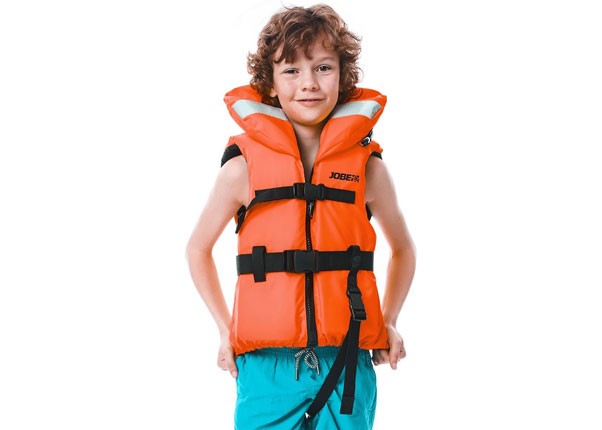
Jobe’s comfort boating life vest offers the ultimate protection on the water. Covered in lightweight nylon to ensure durability season after season, this vest has great visibility due to its reflective panels. This life jacket even features a whistle in case of emergency.
Features:
- 100N ISO-certified (life jacket)
- Adjustable webbing strap
- Bright color & reflecting panels for optimal visibility
- Crotch strap for optimal safety
- Front zipper for fast entry
- Lightweight EPE-foam
- Strong & lightweight nylon fabric
- Unisex fit
- Whistle in case of emergency

Gul has designed this child’s life jacket with a large collar to support the head if submerged and for sun protection. The reflective piping and bright orange colours ensures visibility from a distance.
Features:
- 100N buoyancy
- ISO approved life jacket
- Solas approved reflective tape on collar
- CE approved hard wearing outer
- 40mm Nylon webbing waist belt
- Adjustable webbing thigh straps
- Soft layered foam
- Extra reflective piping for visibility

Crewsaver really leads the way when it comes to life jacket design, and this expertise is prominent in their range of children’s life jackets as well. The Euro 100N is a foam life jacket, designed for inshore use for sailing, kayaking, swimming and other surface watersports.
It’s available in baby and child sizes, as well as large child and junior, and features cartoon characters from ‘Oliver’s Adventure’ which helps to teach children the importance of wearing a life jacket – a nice extra touch which makes wearing a life jacket a lot more fun for the child.
Features:
- 100N super soft PVC foam lifejacket
- Reflective taping
- Inherently buoyant
- Crotch straps as standard
- Strong, durable cover and fittings
- Whistle
- Waist adjustment
- Fun cartoon design
- Comes with ‘Oliver’s Adventure’ storybook

The other option from Crewsaver is the Spiral 100N Life Jacket. This is made to the same exceptional standard as the Euro, but doesn’t feature the cartoon design.
Features:
- 100N foam lifejacket
- Inherently buoyant
- Crotch straps included as standard
- Strong, durable cover and fittings
- Whistle
- Waist adjustment
- Reflective tape and detailing
The best kids' life jacket is the one they wear
Next time you are shopping for children’s life jackets, you know what to look for: the right size, the right buoyancy, and the right technical aspects to keep your child safe.
In the end, life jackets are only good if they are worn. Make sure your child wears their life jacket properly, and help them get used to it with fun water activities in shallow waters, so they know how to swim in their life jacket, and that it won’t stop them from having a good time!
--
We also stock a wide range of the best quality manual inflation and automatic life jackets for adults and teenagers.
Updated on 12th April 2023
Originally published on 21st February 2020 in Guides


















































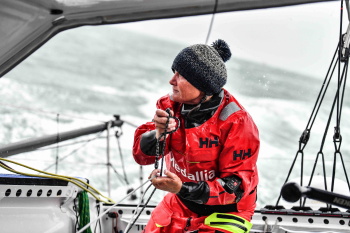



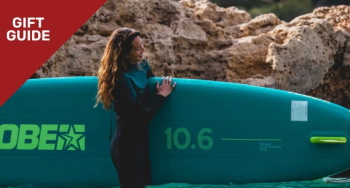

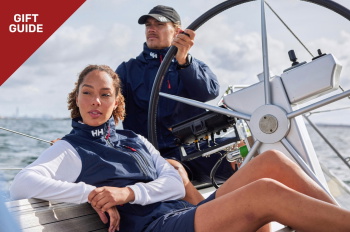

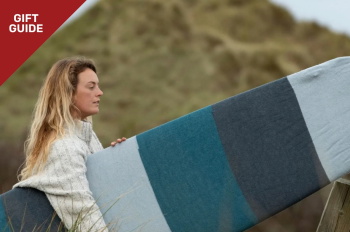
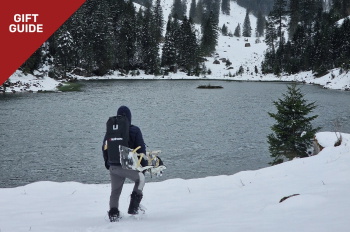
 Visit the US site
Visit the US site  Weiter nach DE
Weiter nach DE